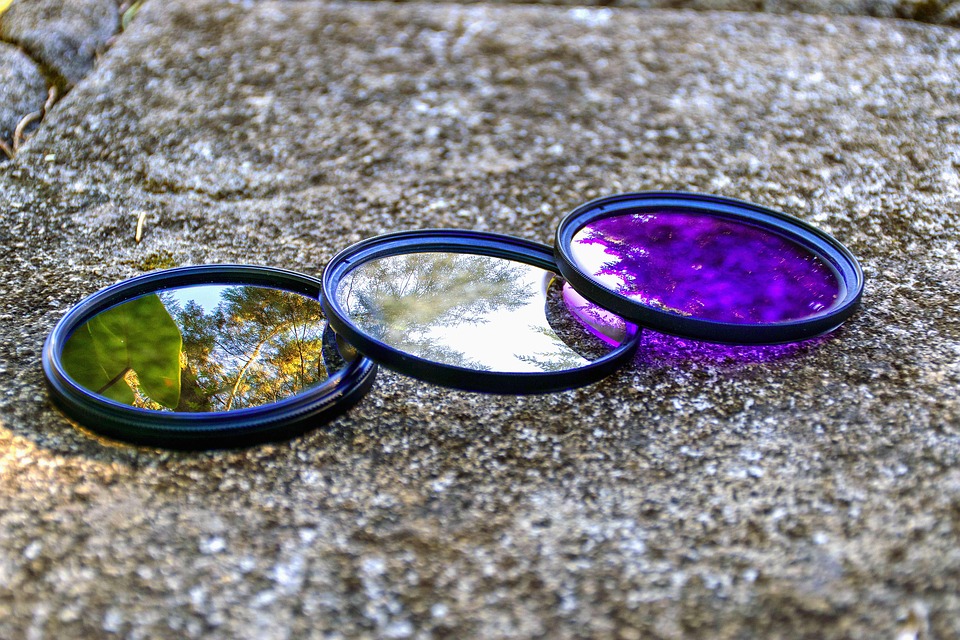
Dyslexic people have a difficult time reading due to vision and processing challenges. One “solution” has been to cover said content with colored lenses or filters to allow folks with dyslexia to be able to read with less difficulty to allow these people to read and learn in a classroom setting. However, this may not be the best solution for people with these challenges.
Although the an article from the British Medical Journal says that colored lenses can help treat dyslexia there is not significant enough evidence that this method is effective.
The British Medical Journal calls out to charities and educators alike to be mindful of how they are communicating the “tool” of using colors to read text. The impression is that all dyslexic people will benefit by using colored devices to help them read; however, the evidence that this works for all people is not enough to make wide-scale recommendations that this is a “cure all” for this challenge. To that end the BMJ is calling for restraint and mindfulness when giving their advice on this tool.
Key Takeaways:
1
An article in the British Journal of Medicine asks researchers to prove evidence of using colored lenses and overlays to manage reading difficulties.
2
While the use of such materials is widespread, there is no evidence to suggest that the colored approach is effective.
3
The authors of the article suggest that advice given by dyslexia organizations may contribute to the widespread use of the devices despite the lack of evidence that they work.
Read the full article here:
http://www.dyslexiaaction.org.uk/news/treating-reading-difficulties-colour
http://www.dyslexiaaction.org.uk/news/treating-reading-difficulties-colour
Do You Need help with a Learning Difficulty?
Our simple online analysis will help you get to the core of the problem and find the right solution for you.
Understanding how to help someone with a learning difficulty starts with understanding which micro-skills are affected. When you learn which of the micro-skills is the problem, you will then be on your way to solving it.
You'll also learn how to:
- Build confidence
- Enhance Learning ability
- Eliminate avoidance
- Build grit
You can get this analysis for free by filling out this simple form. This will help you get to the bottom of a learning difficulty and provide you with a solution. If you are ready to put this problem behind you click the button below and fill out the form.










